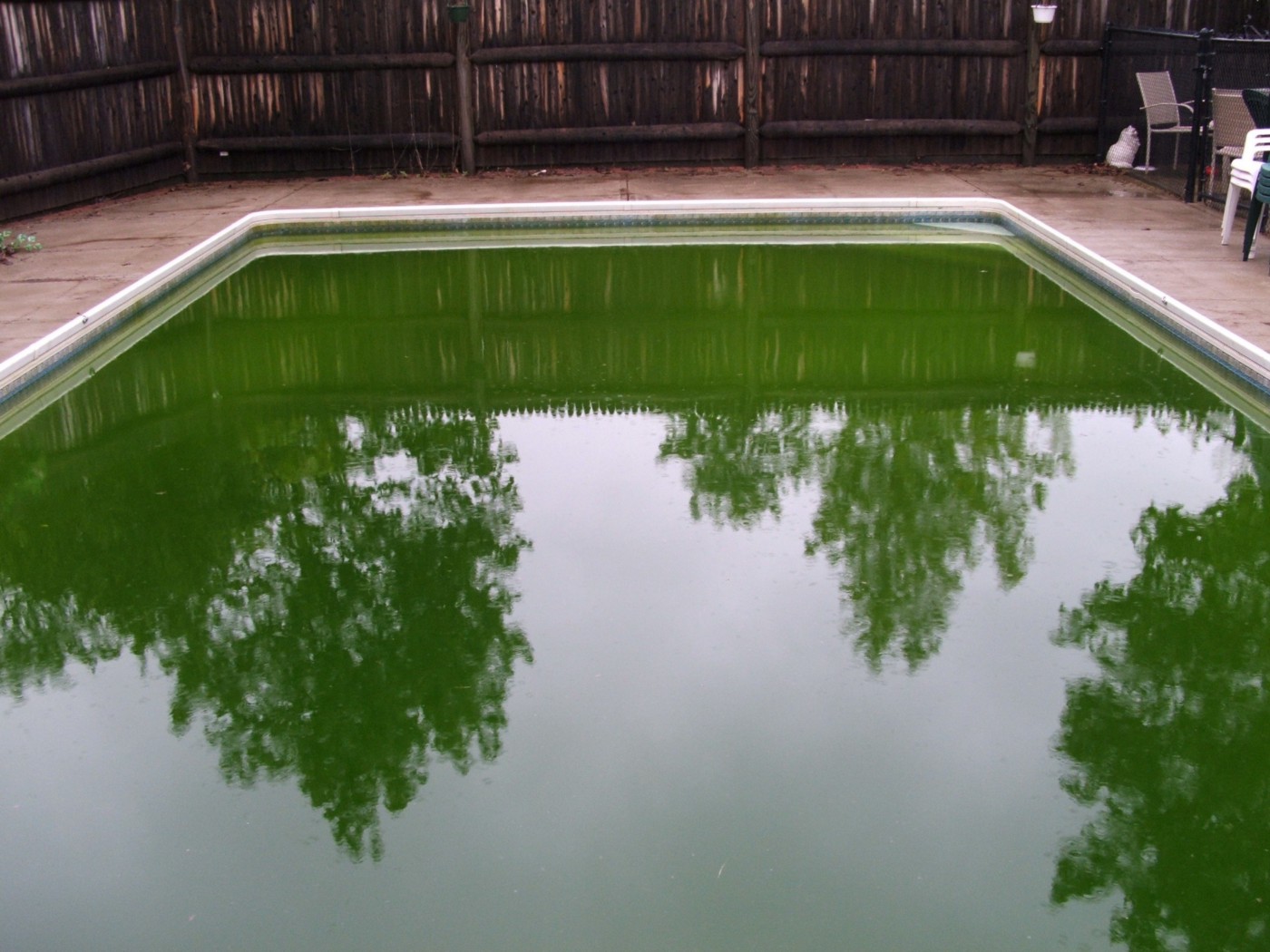The Three Ways to Shock Your Pool

“Shocking” is a word that’s tossed around a lot, but do you know what it means in the pool/spa industry? Okay, I admit a lot of the terminology floating around the industry can be a bit confusing, and “SHOCKING” is certainly one of those.
Shocking
Simply put, this is the periodic addition of a small amount of shocking product to “clean up” the pool or spa water. Usually, the amount is less than 2 ppm. Many techs will “shock” cloudy pool water for this purpose.
Breakpoint Shocking (aka Breakpoint Chlorination)
Have you ever been around a pool or spa and gotten a whiff of chlorine? That unpleasant odor is due to the presence of combined chlorine (CC) in the water. When free chlorine does its job of sanitizing and oxidizing contaminants in the water, it becomes combined chlorine, and that is what you smell. CC levels as low as 0.2 ppm can bring on that odor and also cause irritation to the eyes and mucous membranes of bathers. To rid the water of combined chlorine, you must perform breakpoint chlorination. To determine the “breakpoint,” take the CC value obtained from your testing and multiply that number by 10. The resulting number is how much chlorine you will need to add ALL AT ONCE to eliminate the presence of CC. I know it sounds weird that you’re using chlorine to get rid of chlorine, but trust me, it works! Suppose your test results show that you have 0.4 ppm CC in your sample; then 0.4 x 10 = 4.0 ppm, the amount of unstabilized chlorine shock (never use stabilized chlorine — like dichlor or trichlor — to shock) that needs to be added ALL AT ONCE to breakpoint chlorinate.
Algae Shocking
To kill algae effectively, a 30 ppm chlorine shock product must be added ALL AT ONCE to reach the nucleus of the algae cell and disrupt its DNA, making it unable to reproduce. Okay…you’re destroying its love life. The cure could be worse than the disease in this shocking scenario since 30 ppm is a lot of unstabilized chlorine, and it could possibly damage pools that have a vinyl liner.
Recently, the term “slamming” has surfaced within the industry to replace the term “shocking.” Regardless of the terminology used, you are responsible for maintaining properly sanitized and oxidized water for your customers. Remember…a happy customer is a return customer!

